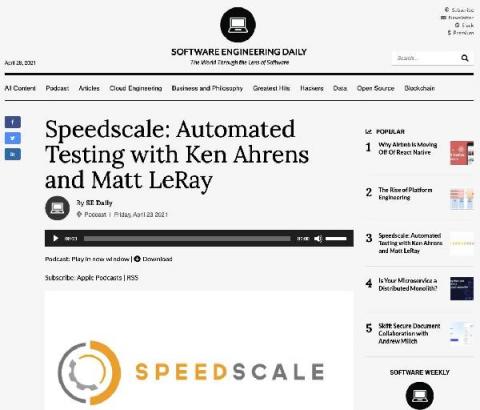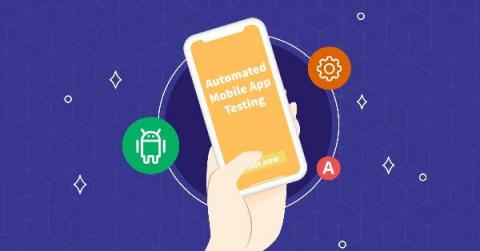Systems | Development | Analytics | API | Testing
Blog
Mobile app automation testing Tools: An exhaustive list
It’s 2021 and we now have a mobile app for everything. Whether it’s social media, shopping, productivity or fitness, there’s a visible surge in the number of mobile apps and their users. Simform (as of 2019) stated that an average user has at least 40 apps installed on their phones while millennials have around 67 apps. So, there’s a solid reason why mobile app testing is a crucial step in any app development process.
Mobile Web Testing: Testsigma vs Appium
With the increased usage of smartphones in recent years, enterprises and the software industry now have to cater their applications to mobile devices for web testing in addition to desktops. Usually, there are three types of applications that are meant to be used in mobile phones. These are – i. Native Apps: Apps that are written and built using SDKs and native APIs. These can be downloaded from the official app stores. ii.
What Is Continuous Development?
Continuous development is an umbrella term that includes many DevOps processes. For that reason, it is important to understand what is continuous development to help you ensure that each of your DevOps processes are efficient and effective. Read along or jump ahead to the section that interests you the most.
Software Engineering Daily Podcast
Large portions of software development budgets are dedicated for testing code. A new component may take weeks to thoroughly test, and even then mistakes happen. If you consider software defects as security issues then the concern goes well beyond an application temporarily crashing. Although even minor bugs can cost companies a lot of time to locate the bug, resolve it, retest it in lower environments, then deploy it back to production.
Flat File: Why Flat Files Still Matter
Many technologies of the last century are out of date now, but flat file databases are still very much in use today and likely will be for a long while yet. They’ve stood the test of time for over four decades and are still going strong for a variety of reasons.
HDFS Data Encryption at Rest on Cloudera Data Platform
Encryption of Data at Rest is a highly desirable or sometimes mandatory requirement for data platforms in a range of industry verticals including HealthCare, Financial & Government organizations. The capability increases security and protects sensitive data from various kinds of attack that could be internal or external to the platform.
AI/ML without DataOps is just a pipe dream!
Let’s start with a real-world example from one of my past machine learning (ML) projects: We were building a customer churn model. “We urgently need an additional feature related to sentiment analysis of the customer support calls.” Creating the data pipeline to extract this dataset took about 4 months! Preparing, building, and scaling the Spark MLlib code took about 1.5-2 months!
Woopra: Your End-to-End Customer Journey Analytics Companion
Customers interact with your business multiple times before reaching any goal. These repeated digital interactions are what make up the customer journey. Your customers’ overall experience across the different channels as they engage with your organization (websites, social media, email, etc.) make up the customer experience. Customer journey analytics refers to the process of analyzing the experience of customers across multiple touchpoints in the customer journey.
Automated mobile app testing - do you really need real mobile devices?
Mobile apps are not just the next (or current) big thing. They have become a part of our lives — in a way, steering our choices and decisions. By merely sitting on our couch, we apply for jobs, manage our projects, talk to our friends, the order in essentials, and even pay our bills. The convenience is unsurpassable, and thanks to the user-friendly functionalities, even our grandparents seamlessly book cabs, play games, and video call us. Mobile apps are here to stay. Imagine the possibilities.











